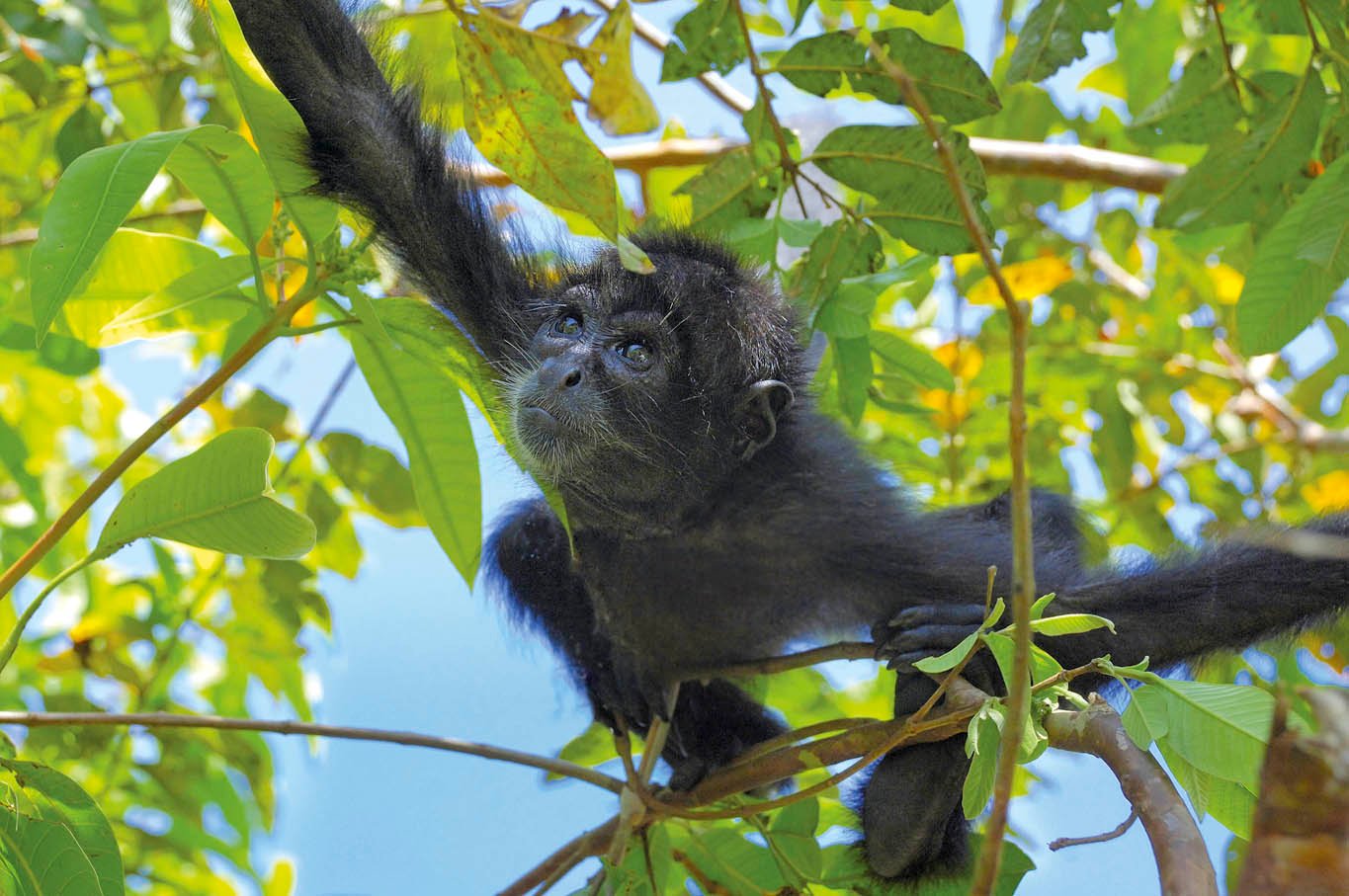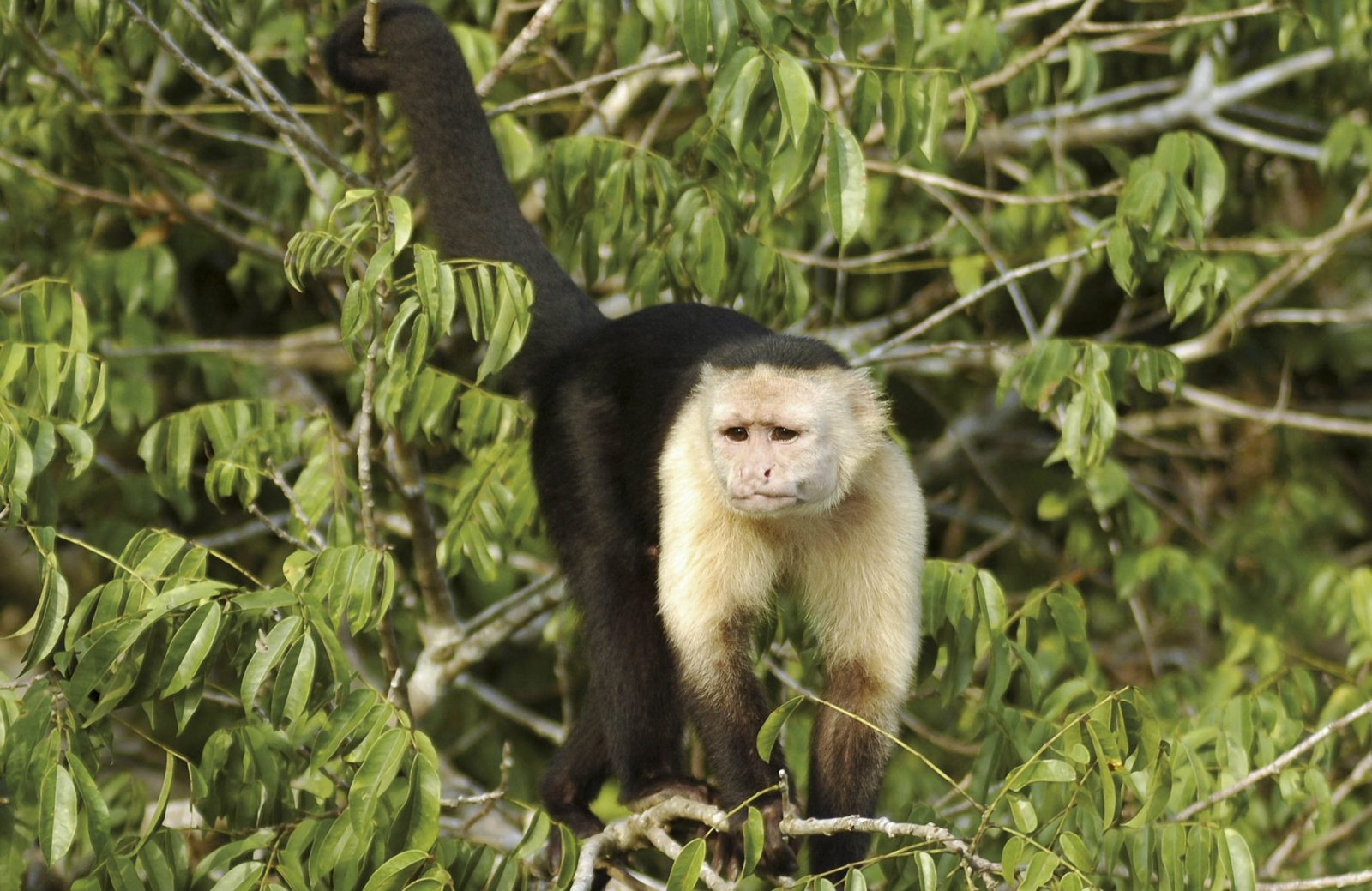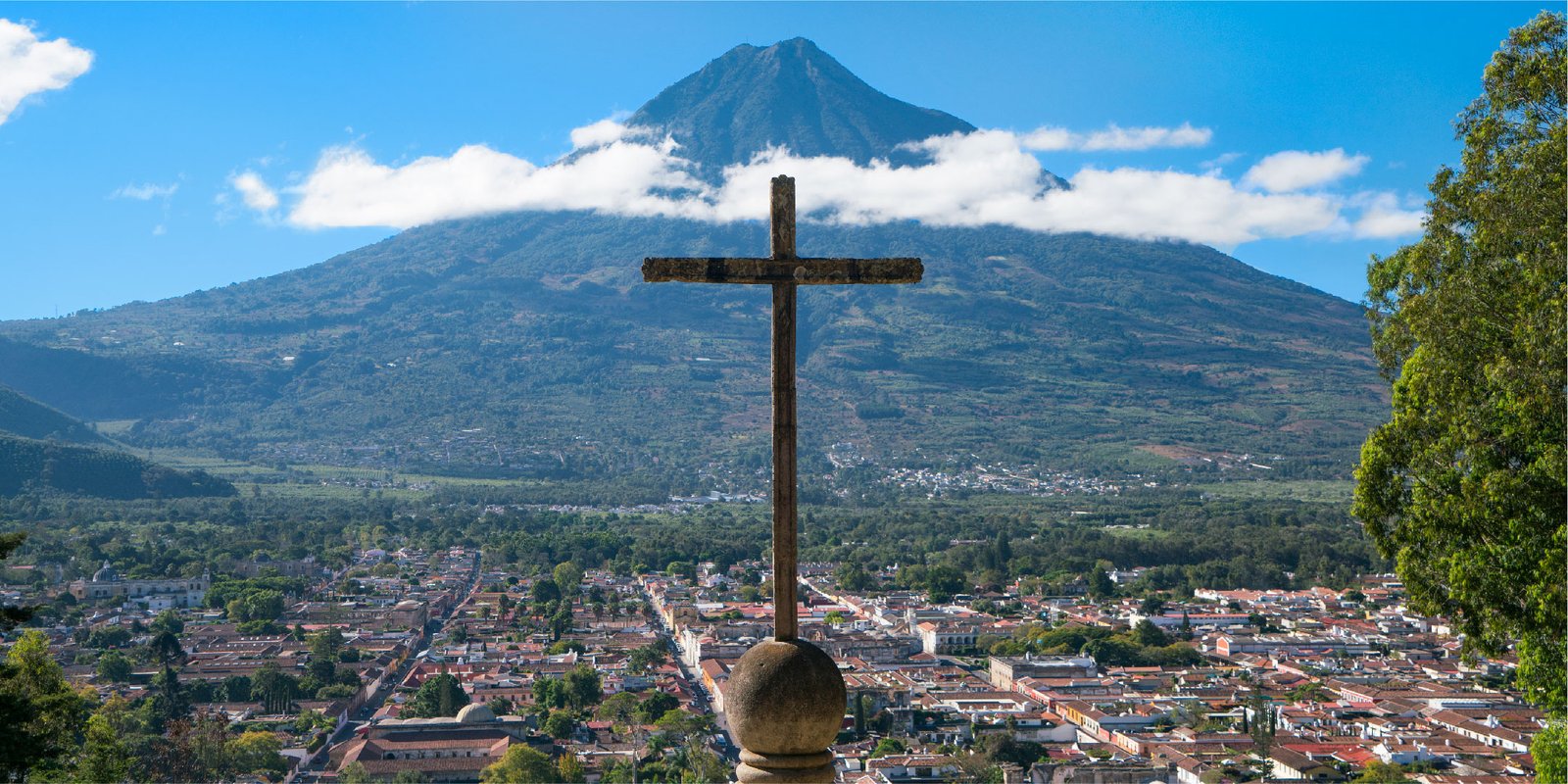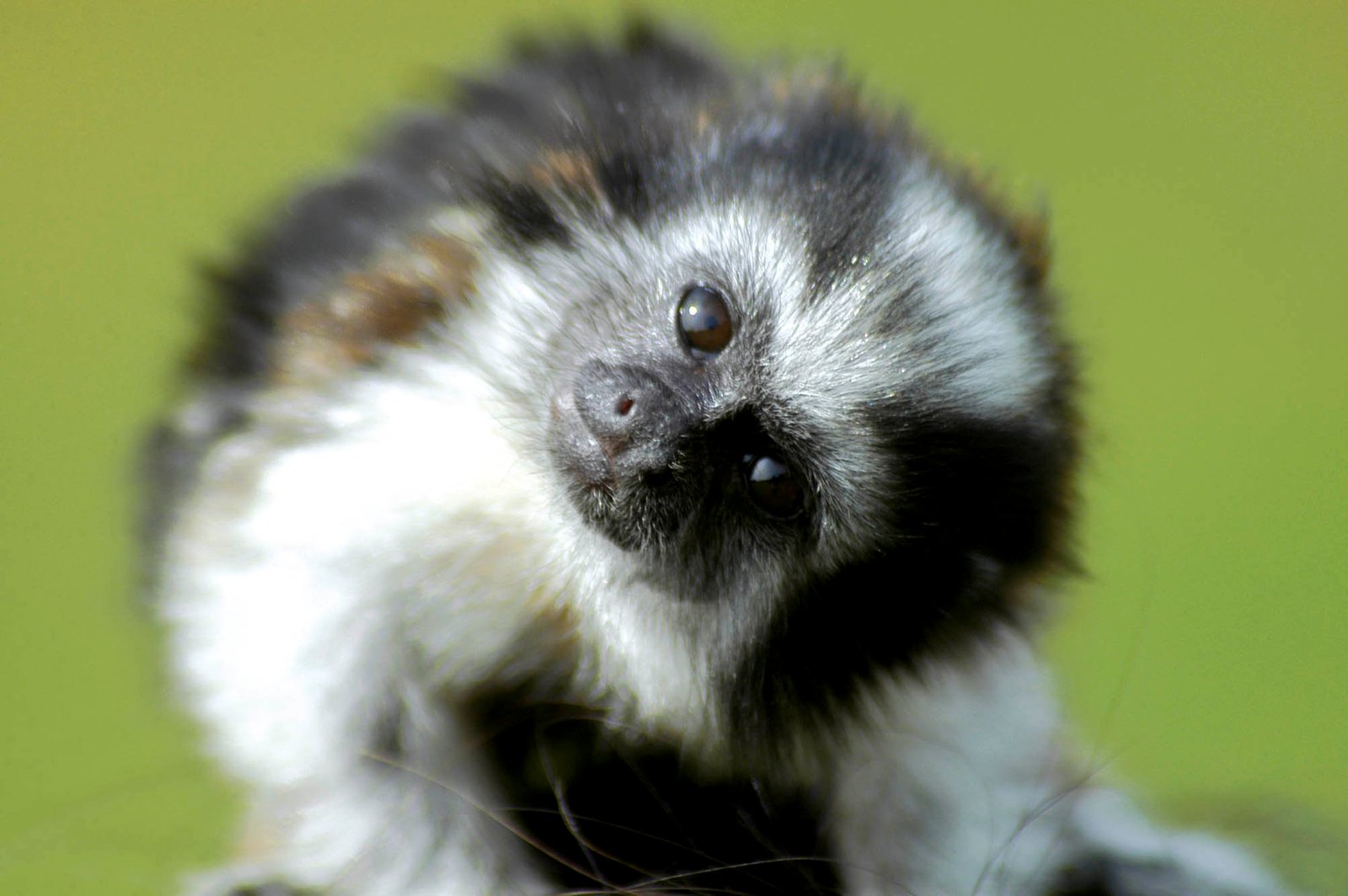
Non-Human Primates
Text and photos : Javier A. Pinzón
Today, I walk at his side through a dense forest. With us is Karol Gutiérrez, a graduate student in chemistry from the Universidad Autónoma de Chiriquí, who is studying the secondary metabolites in the fruits and leaves eaten by howler monkeys. My goal is to closely observe their work and their efforts to use science for conservation goals. Pedro mentions that 60% of the world’s primate species are endangered or threatened by exploitation of their habitats and deforestation, but also by hunters and others who use them as pets. Seventy-five percent of species in Panama face threats listed in one or more of the International Union for Conservation of Nature’s three categories.
And to these existing threats we now must add climate change. Cases have been recorded of monkeys dying from dehydration in the Azuero province due to long droughts.
For all these reasons, the CFPP was created to organize population censuses, perform long-term monitoring to determine birth and mortality rates and estimate trends, establish critical areas, and focus conservation efforts. The CFPP also develops teaching materials to educate the population, including seminars, newspaper articles, and posters based on existing studies and literature. And it provides support to new students, like Karol, to help them enter the world of primatologists, increasing the number of scientists working in this field.

Just minutes after beginning our walk through the Gamboa forest in the heart of the Panama Canal region, we come across a small group of howler monkeys (Alouatta palliata aequatorialis) perched in one of their favorite trees: the ficus. The scientist explains that this monkey feeds on the tree’s fruit and new leaves. The howler monkey is one of the slowest species due to the amount of time it takes them to metabolize food; nearly 50% of their time is dedicated to resting. Howler monkeys are found from the region east of the Panama Canal all the way to Ecuador, while the Alouatta coibensis trabeata is found only in the Azuero peninsula, and Alouatta palliata palliata howlers inhabit the area between Chepo, west of the canal, and Costa Rica.
The group we’re observing must be young, since it contains only three specimens. Alouatta palliata palliata groups typically include multiple members with multiple partners and can have up to forty individuals. Other groups, like Alouatta coibensis trabeata, contain a single male, the leader of the group, and multiple females. Typically, when a young monkey reaches reproductive age (3-4 years of age) it will leave its group to form or join another. They instinctively try to avoid inbreeding by seeking to mate with individuals from a group other than their own, unlike spider monkeys, who exhibit a fission-fusion group dynamic. Their groups take different forms: females on one side and males on another, females and males combined, or females and juveniles or solitaires.
Watching this group eating fruit, I ask if all non-human primates eat the same thing, and the answer is no. Larger monkeys, like the howlers above us and spider monkeys, are vegetarians: they eat fruits, leaves, flowers, and buds, as well as the occasional insect hidden inside fruit. The four smaller species, however, also eat meat. The chirico marmoset eats insects, fruits, eggs, and even bats at times; the night monkey eats insects and fruits, while the white-faced monkey is omnivorous.

Some researchers believe that monkeys organize to hunt, given their high degree of cognitive development. Certain monkeys use rocks to break nuts, hammering and pounding coconuts on “anvils.” Others have learned to steal crops, rendering their encounters with humans not entirely friendly.
Luz Loría, one of the Foundation’s directors, heads a project to curb the practice of killing these monkeys when they enter farmers’ fields. Luz has worked with trap cameras on shade coffee plantations, proving that monkeys control pests and are therefore great allies for coffee farmers, who can then use fewer agrochemicals.
Since 2010, Pedro and his team have been using the Orion camera system. They invented a new method of positioning trap cameras mid-way up trees –part of the first long-term project of its kind in Central America. To position the cameras, they use a bow and arrow to send a rope up into the highest branches, in much the same way as indigenous peoples, and then fix the camera on high with the help of PVC pipes. This system was tested for the first time in Punta Burica, as part of a project with marmoset monkeys, and after achieving perfect results they began placing cameras all over Panama.
The Orion cameras make it possible to study the behavior of arboreal, nocturnal, and cryptic animals, which comprise 12% of Panamanian mammals. These animals, which include arboreal foxes, kinkajus, arboreal rats, and squirrels, exhibit the patterns of movement of animals unable to climb trees and also consume what arboreal animals drop onto the ground. The cameras also facilitate the study of animals’ circadian activity; that is, when they sleep, when they move, and how they interact with other animals. This system made it possible, for example, to observe animals no longer spotted in Panama, such as Tylomys panamensis, an arboreal rat, as well as the behavior of the Aotus zonalis, Central Americas’ only nocturnal monkey, a research by Pedro González, from FCPP and also studing at CRU-Coclé.”

The trap cameras reveal information vitally important to environmental assessments. This new method is already being exported and Pedro and his team have provided other countries with instructions on how it can be used. In Colombia, for example, they have managed to capture the black spider monkey (Ateles fusciceps rufiventris) in the Tatama nature reserve in the western part of the country.
As I gaze up again at the howlers, Karol tells me to observe how the monkeys approach the fruit and test it. Karol’s interest focused initially on collecting samples of the food that makes up the monkeys’ diet in order to look for secondary metabolites, but after meeting Pedro, his thesis took a different course, endowing individuals with a function, and he began studying the chemical interaction between plants and animals, a concept called chemical ecology.
Observing this type of behavior helps scientists discover why a species is attracted to either fruits or leaves. It can be due to color, smell, or taste. Karol has discovered plant compounds such as terpenoids and anthocyans, whose function is generally considered one of either attraction or repulsion. The idea is to demonstrate how the plant attracts or repels individual animals, causing them to either feed on it or not, making them either dispersers or pollinators.
As we head back, Pedro speaks of the huge pressure on primate habitats in the form of the felling of trees. “No primate on our continent is bipedal, with the exception of humans,” explains the scientist. “They are strictly arboreal and descend only to drink water. When fragmentation occurs, they are forced to travel overland from one area to another, thus exposing themselves to risk, given their clumsiness on land. And they become easy prey for predators.”
Karol and Pedro work daily, like many scientists, to develop techniques that allow us to do research on our “cousins” living hidden in the branches of trees. Although these primates are very close to us in the evolutionary line, they seem very far from our reality, our priorities, and the rapid growth of cities that clear forests to make room for development. But when we lose the forests, we lose the primates.




